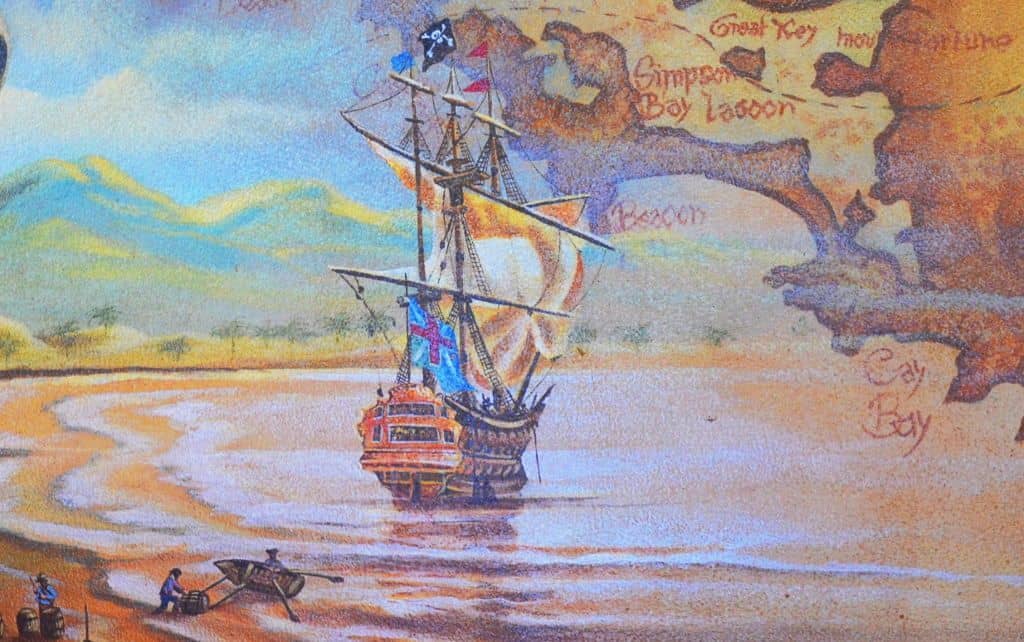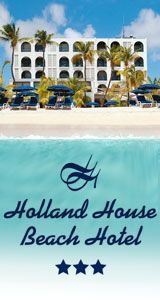Shortly after the discovery of the "New World" by the Spanish, began a period of colonization and systematic plundering of the large Amerindian cities.

All the wealth accumulated this way was then shipped to Europe aboard Galleons which often called on the Greater Antilles (Cuba, Hispaniola, Puerto Rico etc.) before attempting the long transatlantic passage. Soon, privateers, pirates and freebooters began organizing expeditions against these craft loaded with gold, silver and gemstones.
Located at the Northern corner of the Caribbean islands, St. Martin, its many coves and bays an ideal haven for ships flying the "Jolly Roger", was a first rate strategic base for whoever wanted to strike at the Spanish convoys. After being discovered and named by Christopher Columbus in 1493 during his second trip, the island remained uninhabited until 1617. Settlement of the island became a source of conflict and fortifications had to be built immediately at Marigot and Great Bay to fend off unwelcome visitors. Merchants had to arm themselves with cannons. Well into the 18th Century, old government reports mention attacks by pirates, coming from the neighboring islands and trying to establish a most horrible reputation in order to inspire such fear and panic that ships and cargo could be taken by them without much resistance.
Remnants of these troubled times, such as sabres, cannons, cannonballs and bottles can often be found under water.
We thank NATURE Magazine for permission to re-publish this article.





